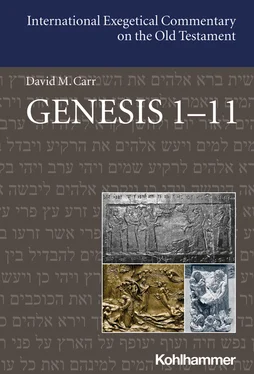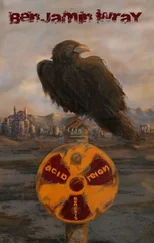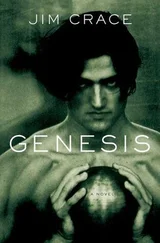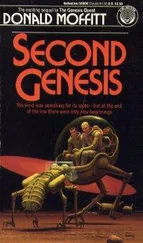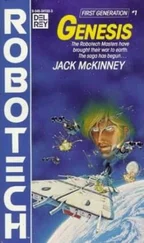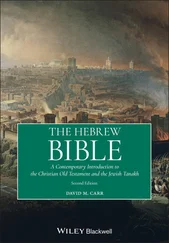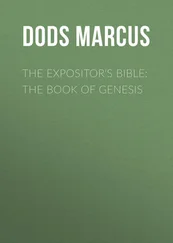May all beings be cared for and loved,
Be listened to, understood and acknowledged despite different views,
Be accepted for who they are in this moment,
Be afforded patience,
Be allowed to live without fear of having their lives taken away or their bodies violated.
May all beings,
Be well in its broadest sense,
Be fed,
Be clothed,
Be treated as if their life is precious,
Be held in the eyes of each other as family.
May all beings,
Be appreciated,
Feel welcomed anywhere on the planet,
Be freed from acts of hatred and desperation including war, poverty, slavery, and street crimes,
Live on the planet, housed and protected from harm,
Be given what is needed to live fully, without scarcity,
Enjoy life, living without fear of one another,
Be able to speak freely in a voice and mind of undeniable love.
May all beings,
Receive and share the gifts of life,
Be given time to rest, be still, and experience silence.
May all beings,
Be awake.
Let us turn now to look at stories of earth, family, and awakening in Gen 1–11.
Introduction to the Commentary
Initial Overview of the Contents and Literary Patterns in Gen 1–11
The first eleven chapters of Genesis offer a picture of the origins of their audience’s present world—e.g., their agricultural way of life, family relationships, distinction from and relation to animals, and the backgrounds of social groups (e.g., Kenites, Canaanites) and famous foreign loci (e.g., Babylon, Nineveh). The general lack of focus in these chapters on specifically Israelite figures and explicitly Israelite places distinguishes these chapters from the rest of the book of Genesis, indeed from Exodus and other historical books that follow. 1At the most, the figure of Shem among Noah’s sons is identified here as Abraham’s direct ancestor (Gen 11:10–26), and he is particularly connected in Gen 10:21 with a group—“all the sons of Eber”—that seems specially related to, though not identical to the “Hebrews” with which Israel is later identified.
This primeval history is split by the great divide of the flood narrative. Indeed, the Jewish liturgical calendar separates Gen 1–11 into two liturgical portions that are read in the first two weeks of the annual Torah-reading cycle: an initial pre-flood portion labeled “in the beginning” from Gen 1:1–6:8 and then a subsequent liturgical reading labeled “Noah” that covers Gen 6:9–11:32.
The text of Gen 1–11 itself contains explicit structuring elements: a series of labels, starting in Gen 2:4a, that designate the following text as concerning the “descendants” (תולד]ו[ת)—or, by extension, “generations” for Gen 2:4a—of figures featured in the preceding text. Here again the flood features prominently, with both post-flood labels (Gen 10:1; 11:10) stressing the post-flood character of the descendants that they focalize. As indicated in the following overview, most of these labeled subsections feature an element toward their conclusion that anticipates the focus of the following one: 2
In the beginning (Gen 1:1–6:8)
[God’s seven-day creation of heaven, earth and living beings in them (Gen 1:1–2:3)]
“These are the generations of heaven and earth” (Gen 2:4a): first humans along with animals (2:4b–4:26)
Anticipation of the first parts of the following Adam-to-Noah genealogy (Gen 4:25–26)
“This is the book of the descendants of Adam” (Gen 5:1a): Adam-to-Noah genealogy (5:1–32), demigods (6:1–4)
Anticipation of flood destruction/Noah rescue (6:5–8)
Noah (Gen 6:8–11:32)
“These are the descendants of Noah” (Gen 6:9a): Story of Noah/flood (6:9–9:17), Noah and his sons (Gen 9:20–27)
Anticipation of post-flood humanity from Noah’s sons (Gen 9:18–19)
“These are the descendants of Noah’s sons … after the flood” (10:1a): The expansion and spreading of post-flood humanity (Gen 10:1–11:9)
“These are the descendants of Shem” (Gen 11:10aα): From Shem to Israel’s ancestor, Abraham (11:10–26)
Anticipation of the Abraham story (Gen 11:26)
Though the beginning of the “descendants of Terah” section in Gen 11:27–32 is included in the “Noah” liturgical reading, these verses are not actually part of the primeval history. Instead, they begin the story about Abraham and his family that extends into the following chapters. Therefore this commentary will not cover this section, reserving its treatment for the IECOT volume on the Gen 12–50 ancestral materials.
The orientation of the primeval history around creation and flood means that the story of primeval origins clearly distinguishes the present, experienced world of the audience from the world as God initially created and intended it. Thus, Gen 1–11 does not just present contemporary realities as an immutable, divinely-created order. Instead, these chapters depict present reality as the result of a complex process leading from 1) God’s creation of an initial “very good” order (Gen 1:1–2:3, also 2:4–25) that was then compromised by human actions (Gen 3:1–4:24) to 2) a flood destruction and partial revision of the initial creation order (Gen 6:5–9:17). This depiction starts with an account of God’s ideal creation in Gen 1:1–2:3 and the initial story of Yhwh’s creation of an initial human, the first animals, and the first woman as the human’s true counterpart and helper (Gen 2:4–24). These two texts, complexly related and distinguished in numerous respects, both explain some aspects of present reality (e.g., distinct components of the present cosmos [Gen 1], the strong bond of a young man to his wife [Gen 2:24]) and also present ideal “counterworlds” (German Gegenwelten ) to the audience’s present, where, e.g., humans peacefully dominate animals (Gen 1:26, 28–30; 2:18–20) and survive on plant life (1:29–30; 2:8–9, 15–16).
Starting in Gen 3, however, human disobedience and violence disrupts this ideal picture, and subsequent narratives show other ways that humans act and God must react. In this way, the primeval narratives of Genesis explain non-ideal elements of human life—such as animosity with animals (Gen 3:14–15), hard labor for food (Gen 3:17–19, 23), and violence (Gen 4:8)—as the result of primeval events involving the first humans. Nevertheless, the stories of Adam and Eve in Eden and Cain and Abel are much more complex than the simple “crime and punishment” model that is often applied to them. 3These pre-flood stories depict the gradual emergence of the first humans from a state of childlike [and animal-like] lack of shame (Gen 2:25), gullibility, and naivete (Gen 3:1–6) into the hard work and hard choices of life outside the garden. This certainly involves human mistakes and misdeeds, partly instigated by other non-human powers—disobedience prompted in part by the snake Gen 3:1–6 and fratricide associated with sin lurking as a demon in Gen 4:7–8. Nevertheless, humans also gain important adult capabilities along the way, such as godlike “knowledge of good and evil” (3:7, 22), and God does not only respond to their actions with anger, but also with compassion (Gen 3:8–24; 4:9–15). We see this mix of divine responses also in the divine response to marriages between the sons of god and human daughters in Gen 6:1–2. There Yhwh imposes a 120-year lifespan limit to humanity (6:3), one that both a) allows the potentially immortal children produced by such marriages to live unusually long lives and yet b) reinforces the mortality of such divine-human offspring. Amidst all this, there is little to indicate that God will impose a world-destroying flood on all life. At most, there are subtle anticipations of the coming of diluvian destruction in the names for the last five primeval ancestors in Gen 5 and their age notices.
Читать дальше
